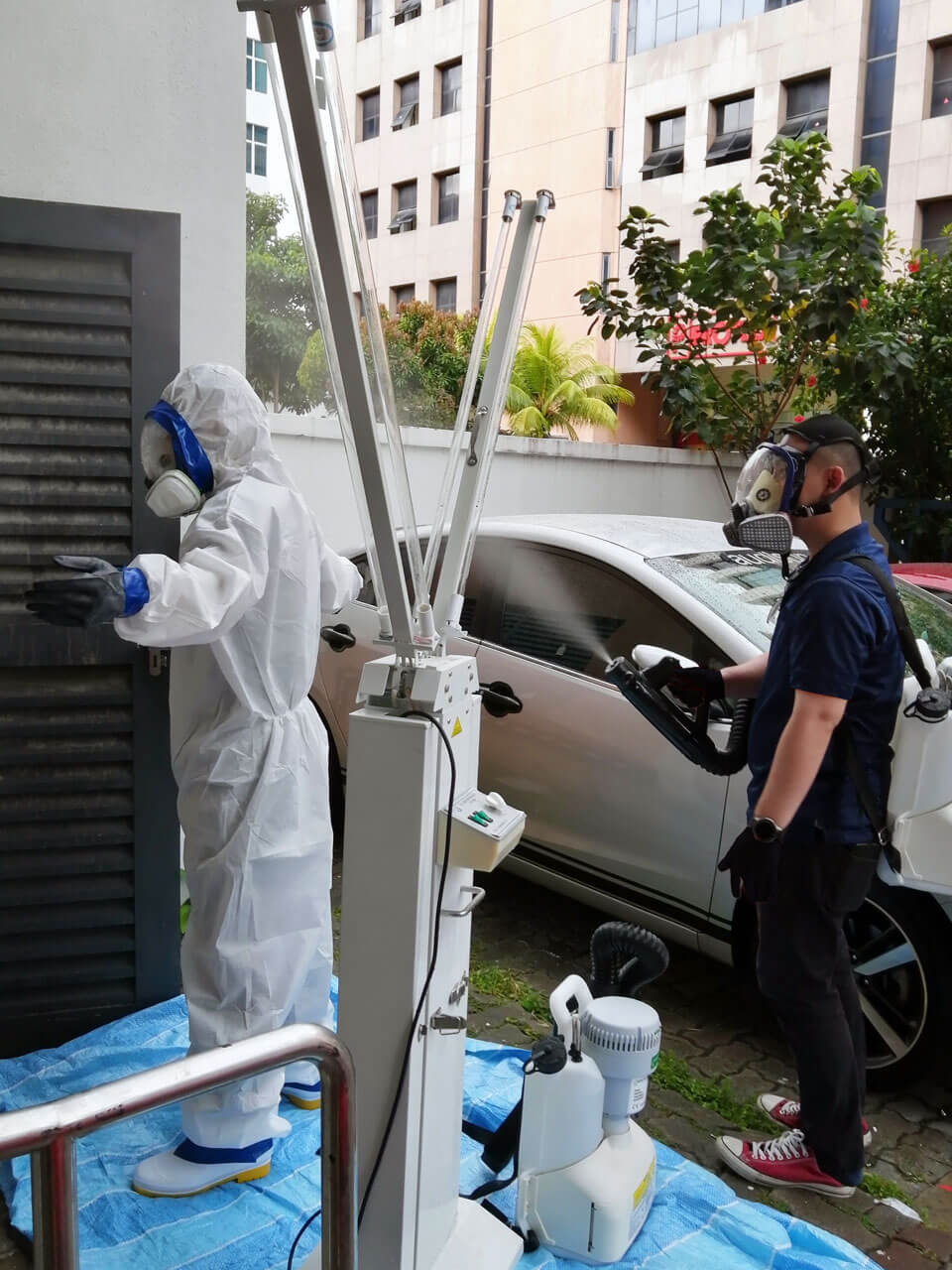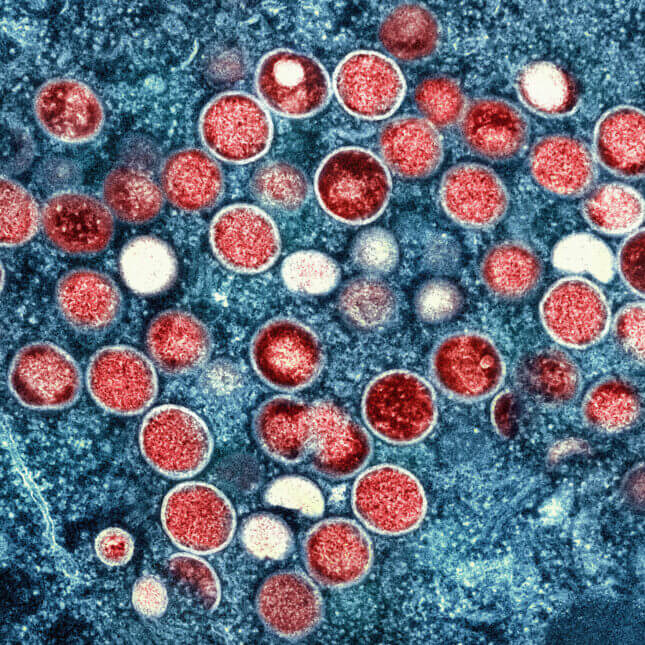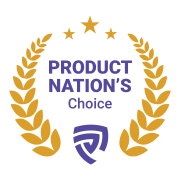What is Monkeypox and why should we take precaution now?
Monkeypox virus (MPV) is an extremely contagious disease and is transmitted from human or animal to another by having close or direct contact with the skin lesions of an infected person, body fluids, respiratory droplets, and recently contaminated objects such as bedding.
In addition, transmission from mother to fetus may occur via the placenta during close contact before and after birth. Monkeypox virus belongs to the Orthopoxvirus genus in the family Poxviridae, which is responsible for variola virus (which causes smallpox), vaccinia virus, and cowpox virus.
Human Monkeypox was first identified in 1970, and cases continued to be reported until today, with unusually high numbers of people infected with Monkeypox outside of Africa with no travel links to the region, which means that the virus is now spreading in the community.
Singapore confirmed an imported case of Monkeypox in a 42-year-old British man; the first such case reported in Southeast Asia during this year’s outbreak of the viral disease.
The COVID-19 pandemic has taught us a valuable lesson, for which we have paid dearly. We must prepare ourselves seriously for the next pandemic. At Lumiair, our specialists undergo constant R&D (Research & Development) to come up with the highest level of fumigation and treatments inaccessible to the public.
Symptoms of Monkeypox
The incubation period varies from 5 to 13 days but can take up to 21 days. Common signs and symptoms include:
- Fever, intense headache, backpain, muscle aches, intense asthenia(lack of energy), rash and swollen lymph nodes.
- Lymphadenopathy is a distinctive feature and skin eruption usually begins within 1-3 days of appearance after fever.
- The rash appears to be concentrated on face(in 95% of cases), palms of the hands and soles of the feet(in 75% of cases). It also affects oral mucous membranes (in 70% of cases), genitalia (30%), and conjunctivae (20%), as well as the cornea.
Facts about Monkeypox
At a research institute in Denmark, the monkeypox virus was first discovered in 1958 as a non-lethal, smallpox-like skin disease of captive monkeys
- It is called monkeypox because it was first identified in laboratory monkeys
- The virus has recently resurfaced in areas that don’t typically see the disease
- The virus can enter the body through a bite or scratch from an infected animal.
- Death and severe condition has been reported according to data from the World Health Organization
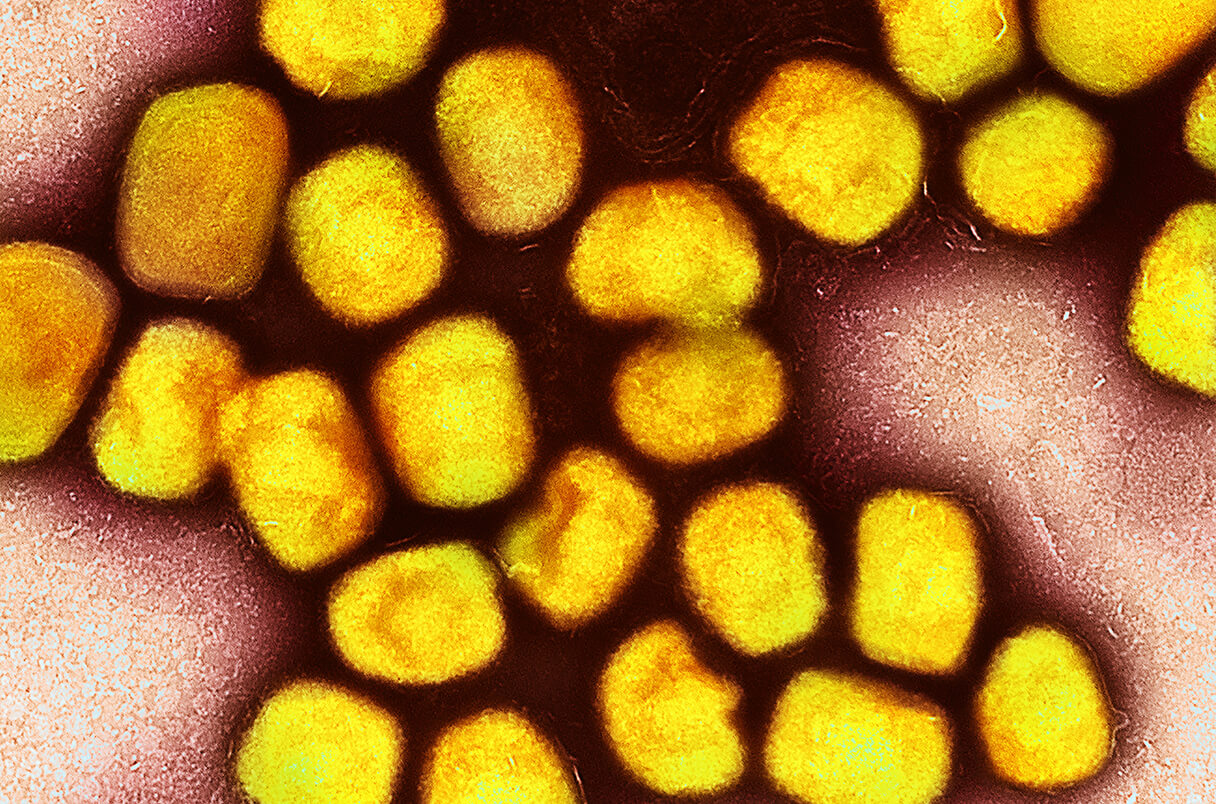
Are you diagnosed with Monkeypox?
If you are diagnosed with monkeypox, you should remain home alone and avoid contacting others until the skin lesions have fully healed. There are no treatments specifically for Monkeypox virus infections, however antiviral drugs may help your immune system to fight against the virus.
When should I go to the ER?
Seek medical care immediately if you develop the following symptoms:
- Trouble breathing.
- New or worsening chest pain.
- Stiff neck.
- Are confused or can’t think clearly.
- Difficulty speaking or moving.
- Loss of consciousness.
- Seizures.
Monkeypox Fumigation Treatment Services Trusted by Leading Brands
 |
 |
 |
 |

|  |
 |
 |
How do we kill viruses?
1. Ozone Treatment
More than 99.99% of influenza A virus particles attached to a plastic carrier were inactivated by exposure to 10 ppm ( V/V ) – ozone gas for 210 min at 23 to 29 degrees and relative humidity of 64 to 65%. When the virus was exposed to 20 ppm ( V/V ) – ozone gas for 150 min, more than 99.999% was inactivated.
Our 3rd generation custom-built ozone machine gives out 250g-300g/h, compared to regular machines that only give out 2-5g/h of ozone power to kill viruses, bacteria, and mould. Our specially engineered machines leave no chemical residue during the process. Since there is no known viral resistance against ozone, the virus will be removed effectively.
More on ozone treatment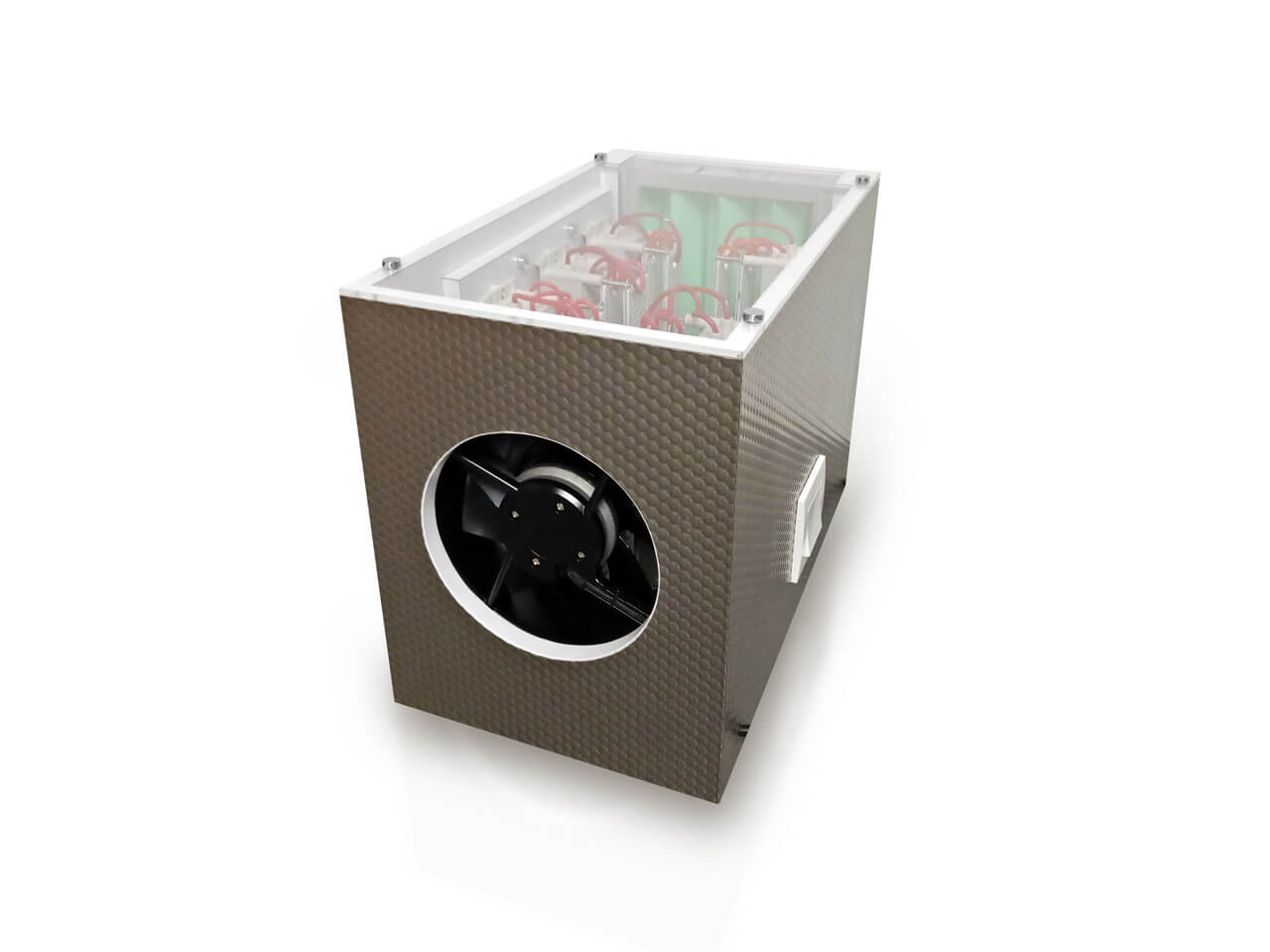
https://doi.org/10.1080/02786820600796590
What Kills Virus?
2. Ultraviolet Germicidal Irradiation (UVGI)
Wavelengths in the UV-C range are particularly damaging to bacteria and virus because they are absorbed by proteins, RNA, and DNA.
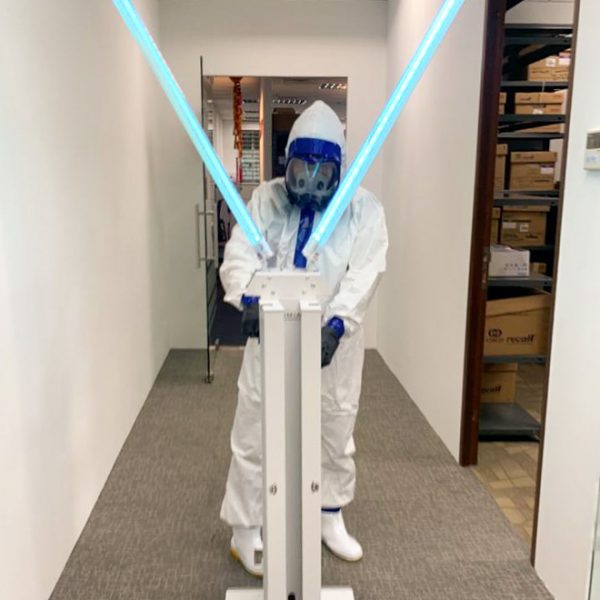
UVGI machine uses 4 tubes of 30W 254nm wavelength of germicidal power to help neutralise the novel coronavirus, bacteria and mould. Leaves no chemical residue during the whole process which makes it ideal in moisture sensitive areas. Its standing design gives wide coverage of surfaces and can be moved easily around the premise to sterilise not only the surfaces but air as well.
https://www.ncbi.nlm.nih.gov/pmc/articles/PMC3298127/What Kills Virus?
3. Chemical Atomizer
Choosing the right equipment for the task is a very important component of disinfection. Many fail to realise the importance of chemical contact time for virus elimination. Droplets which are too fine will evaporate quickly, rendering any standard treatment useless. Also, if the treatment used is too wet, it might damage equipment in the area.
Our Chemical Atomizer is battery powered and light with a long throw distance, which reduces fatigue and allows us to treat areas limited by the power supply. It also allows us to customise the droplet size to match the right chemicals and environment to ensure maximum contact time to kill the virus.
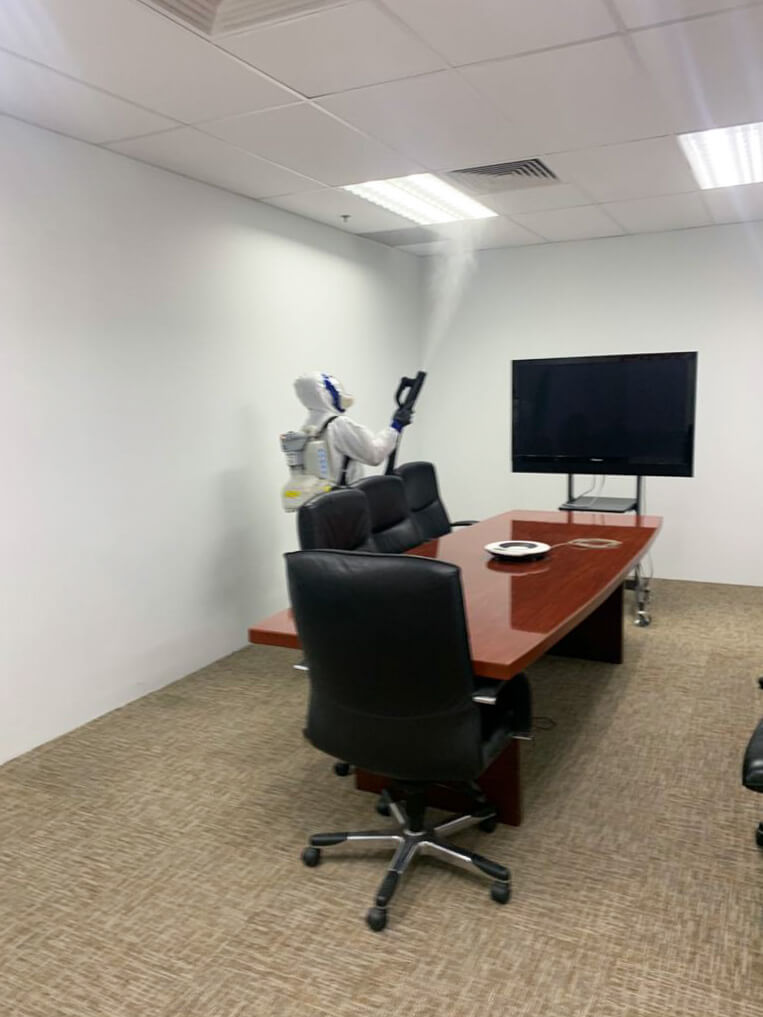
What Kills Virus?
4. Choosing the right chemicals

Quat and Hydrogen Peroxide based chemicals are specifically selected for our virus disinfection services. Through multiple testing, it has been proven to kill the novel Coronavirus, but also bacteria and mould. It gives a wide spectrum eradication ability which does not leave any odour and is non-corrosive. It is safe and 100% biodegradable and suitable for use in offices, homes, hospitals, and childcare centres.
These chemicals are used widely around the world for disinfection, especially in hospitals.
https://www.betelgeux.es/images/files/Externos/09_08_3-listado_IAT_eficaces_H1N1.pdfhttps://www.ncbi.nlm.nih.gov/pmc/articles/PMC3302582
Disinfection of equipment
Proper disinfection of our equipment and our technicians are done before removing our decontamination suits and discarding them. Reusable equipment such as our machines and face mask are thoroughly sterilised and wrapped up before bringing them back to our warehouse and placed in our decontamination chamber. This ensures the safety of our team and there is no cross-contamination between jobs.
